Sunscreens Do Prevent Tanning!
And there is a whole lot of science to prove it.
Based on my post on Sunscreens DON’T Prevent Tanning, I received this mail from the director of Lotus herbals a few days back:

UVA protection sunscreens/sunblocks DO prevent tanning !
Will appreciate if you quote from scientifically reliable sources on your blog. Tanning is caused by longer wavelength UVA rays and any sunscreen with UVA protection will PREVENT tanning of skin. (level of tanning depends on Fitzpatrick’s skin types, altitude, latitude and duration of sun exposure).
What your source refers to is SPF protection which is UVB. UVB rays are not known to cause majority of tanning but causes sunburn.
UVA causes – tanning, wrinkling and UV induced skin cancer
UVB causes – sunburn etc.
UVC doesn’t reach the earth’s surface (shortest wavelength).
All in-vivo as well as in-vitro studies confirm protection against UVA does protect human skin against tanning. If you want, we can send across scientific studies and research material.
Thanks.
Personally I was kind of offended because I did my research and I had no reason to believe a sunscreen maker blindly. On a better note I thought that if someone could correct me and could help me give a correct picture to my readers, it would be worth it. He sent me the research files along with the following mail
The most used UVA protection in vivo method is PPD (Persistent Pigment Darkening) which is directly related to tanning of human skin upon radiation through a UV source. Find attached here with the docs illustrating on how it is done. We use these methodologies on tan protection formulations.
It is sometimes disappointing that some people highlight half-known scientific facts which puts the industry in bad light especially at times when the ozone layer is being depleted and skin cancer is rising, including in India. So its our duty in the industry to correct and forward the case of optimum sun protection as is done in the developed world. I hope you and your source go through these documents and forward our case for maximum sun protection including tan protection (as this is the primary reason for sun protection in India).
Following are the files from Chemistry Today, Official journal of European Union, and Japanese Cosmetic Industry Association that support that sunscreens do prevent tanning. It’s a lot of chemistry so if you don’t want to make en effort to go through all the stuff, I have highlighted the important points in RED for your convenience sake. (All images could be clicked and enlarged)
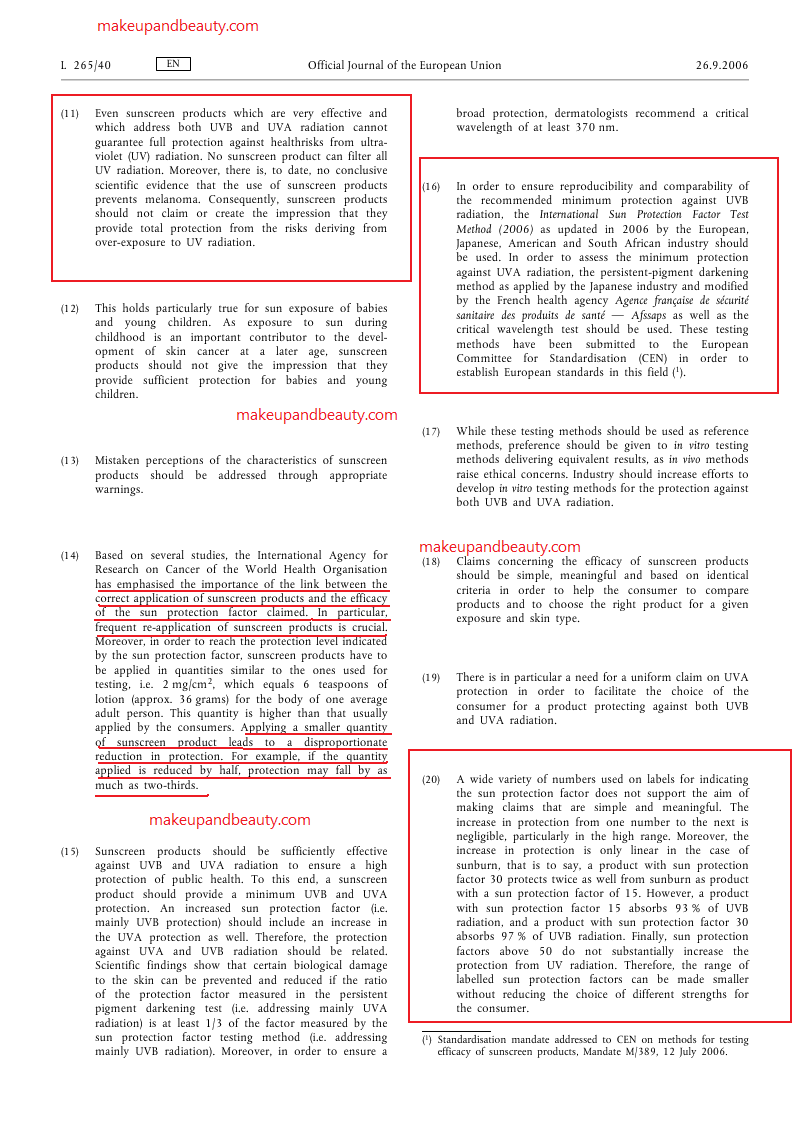
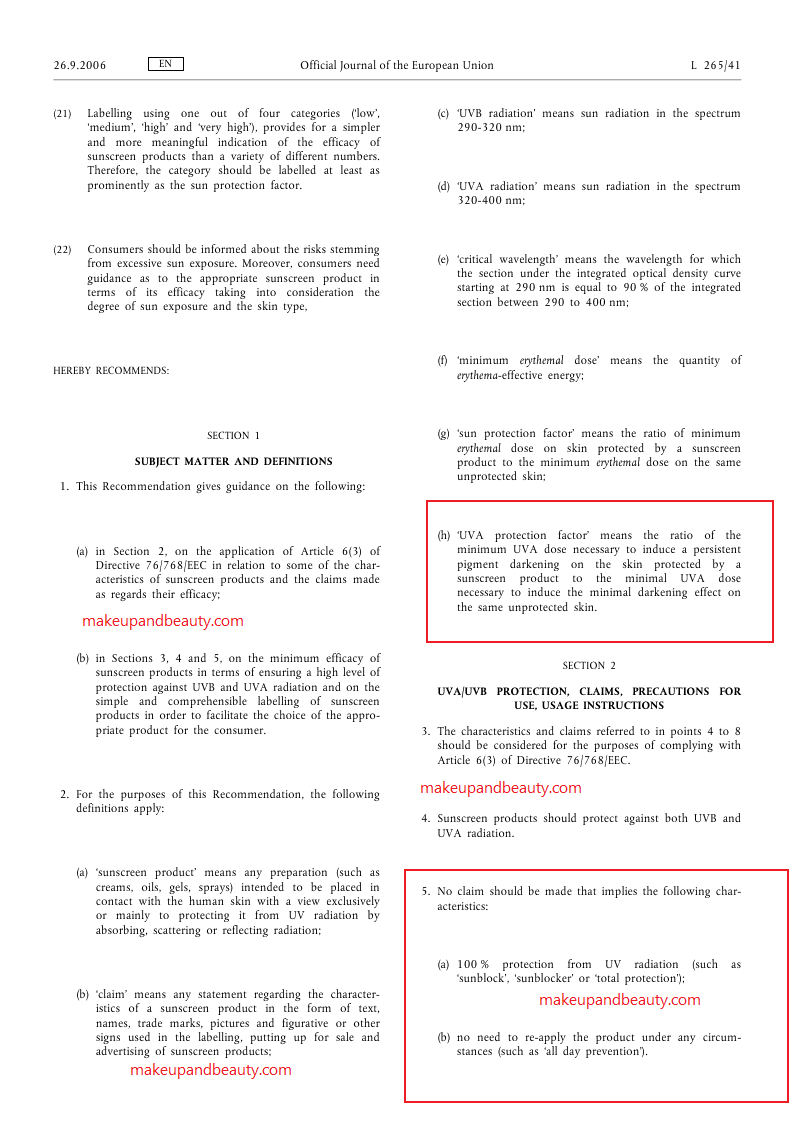

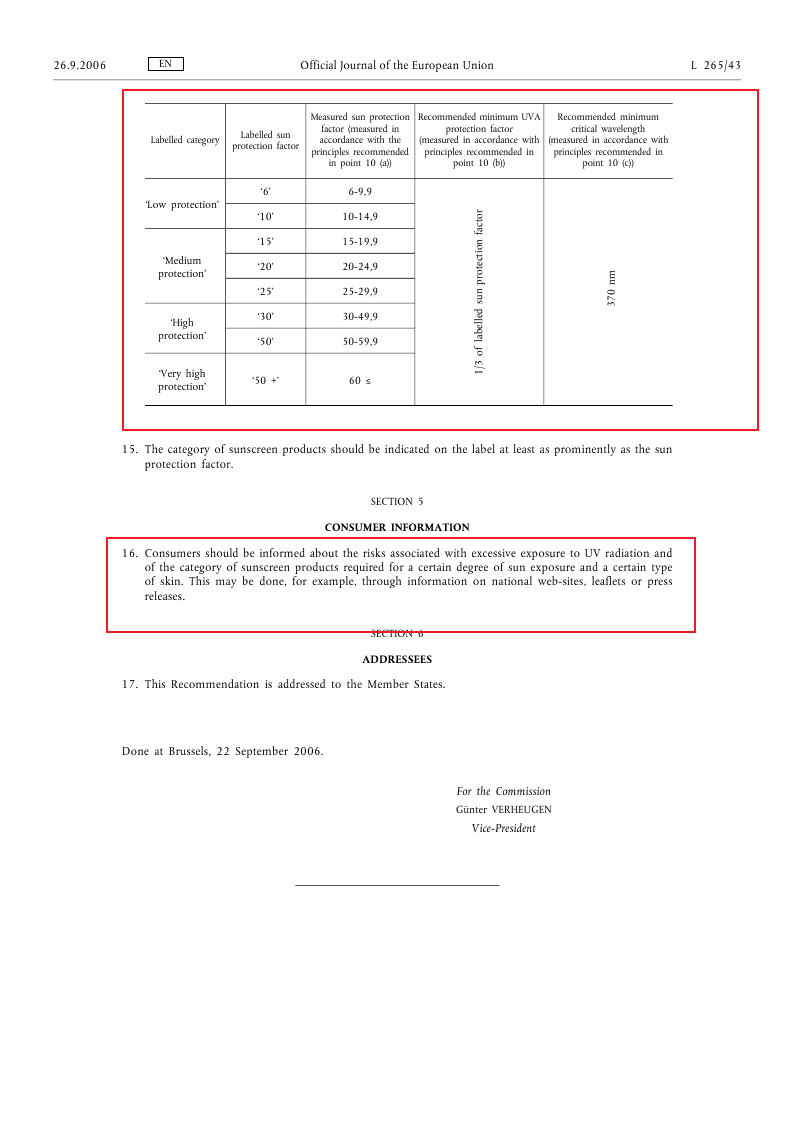 At last, I would like to thank Mr Nitin for bringing this up. I would have lived with incomplete knowledge all my life. 🙂
At last, I would like to thank Mr Nitin for bringing this up. I would have lived with incomplete knowledge all my life. 🙂

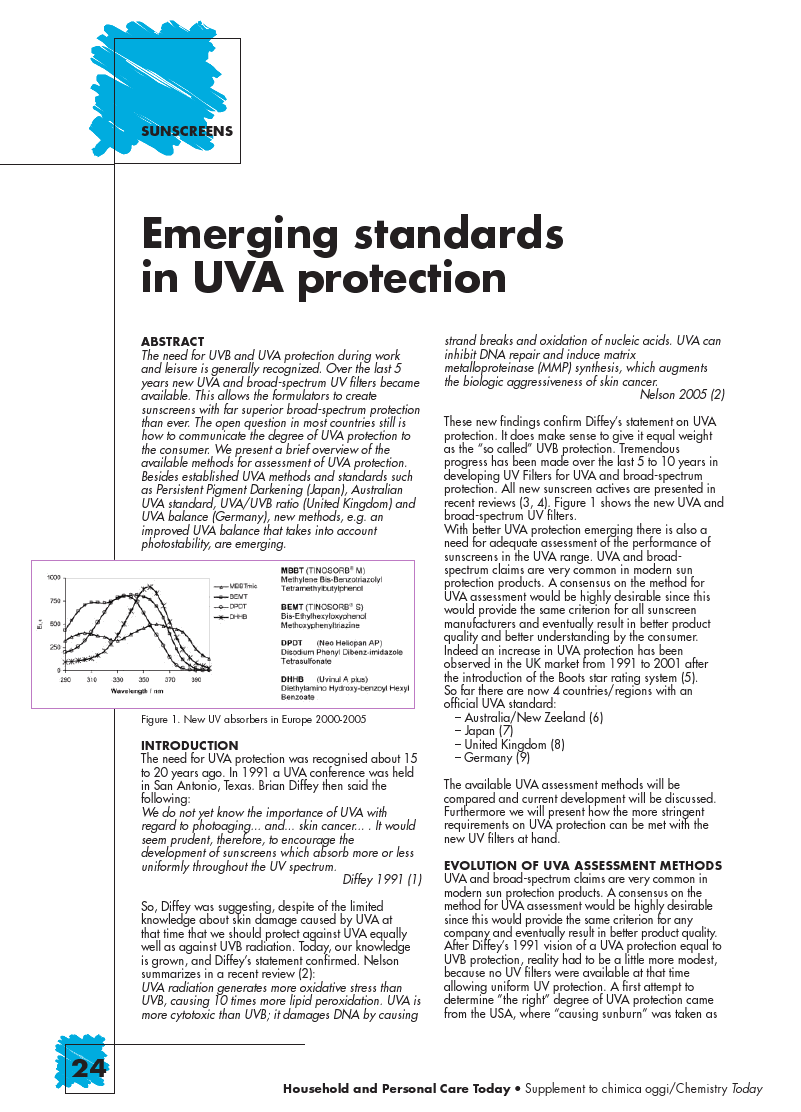
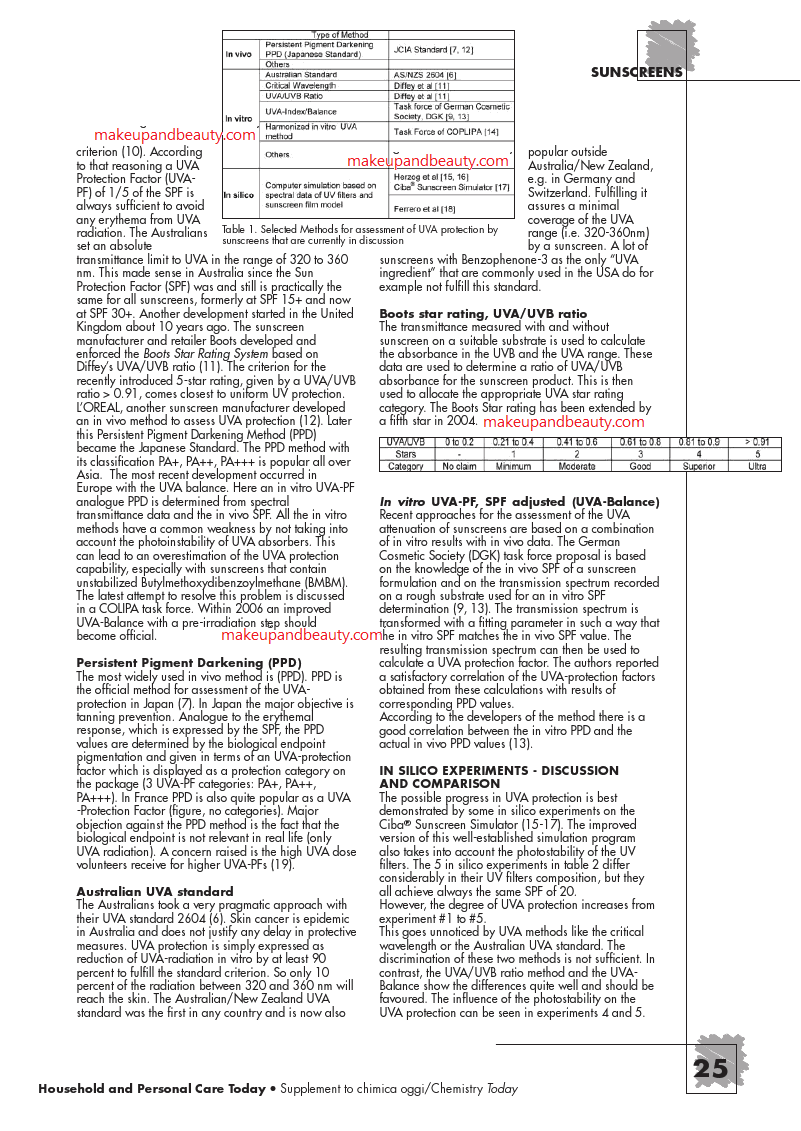
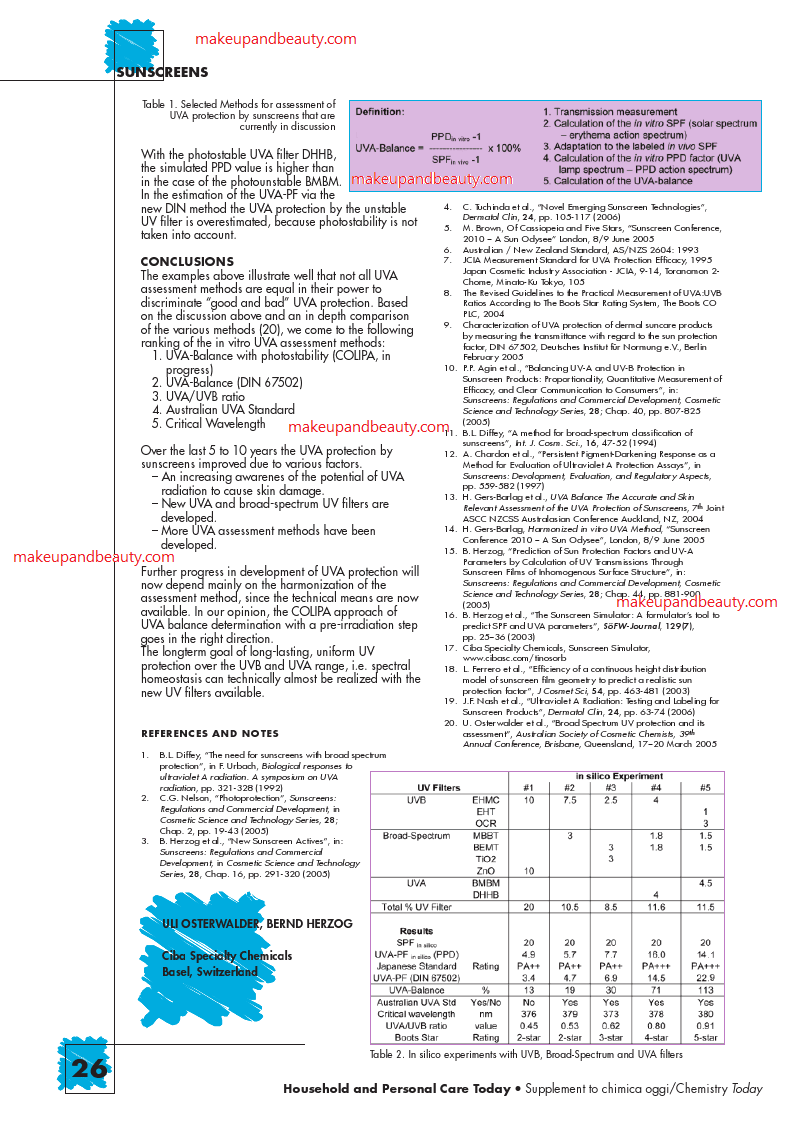
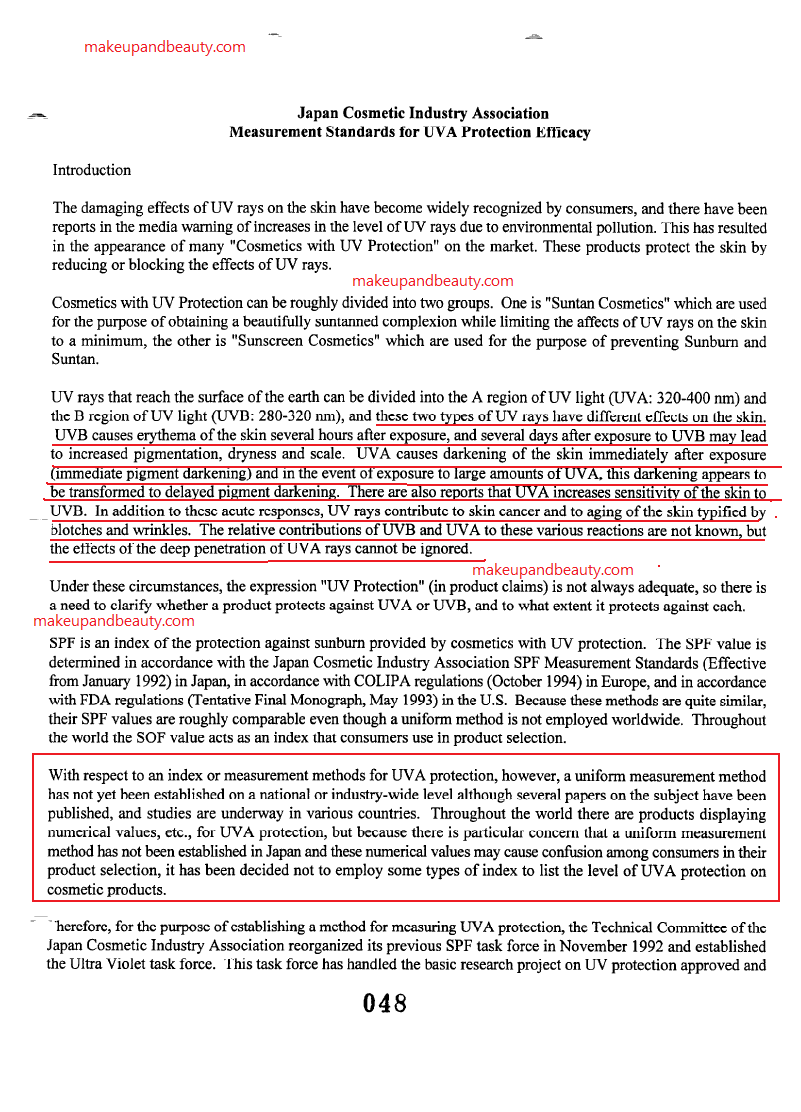
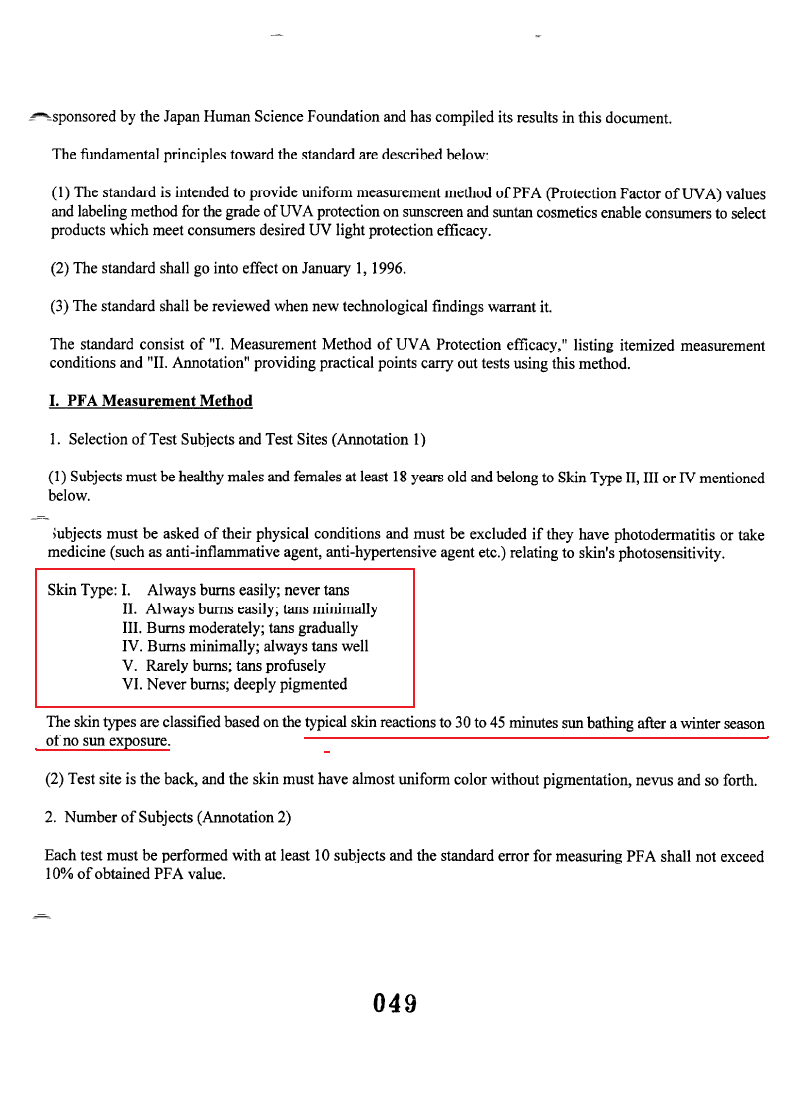
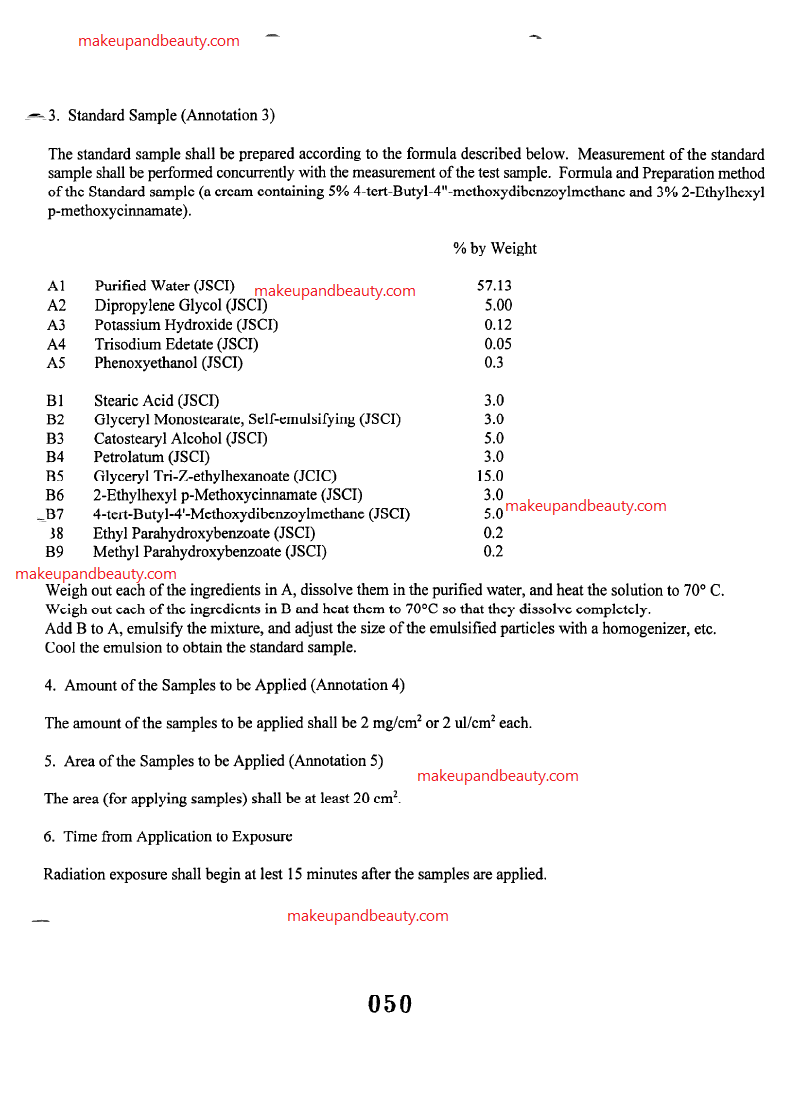
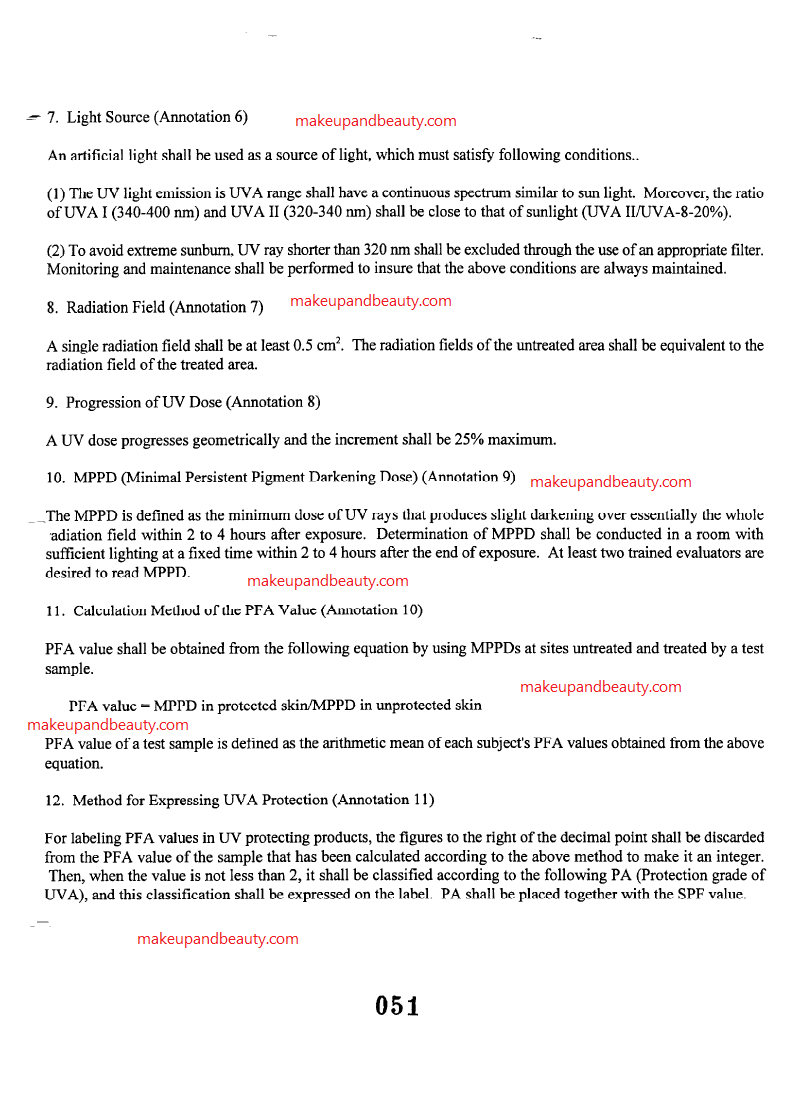
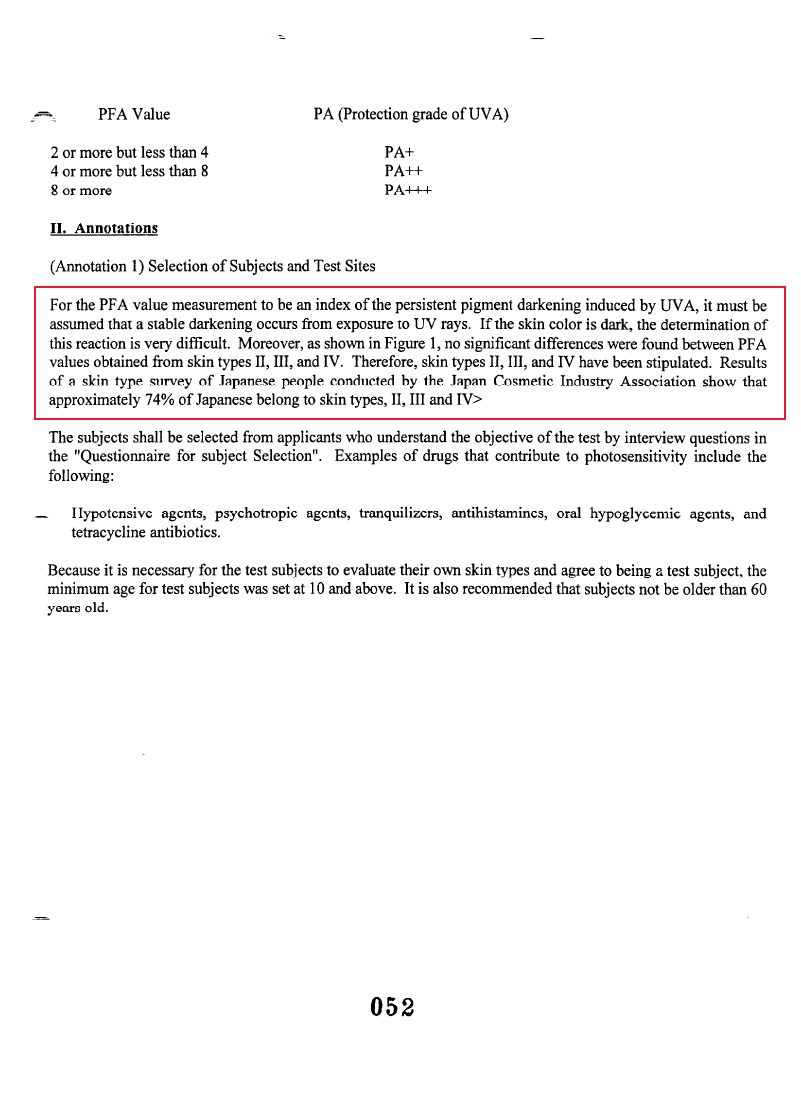
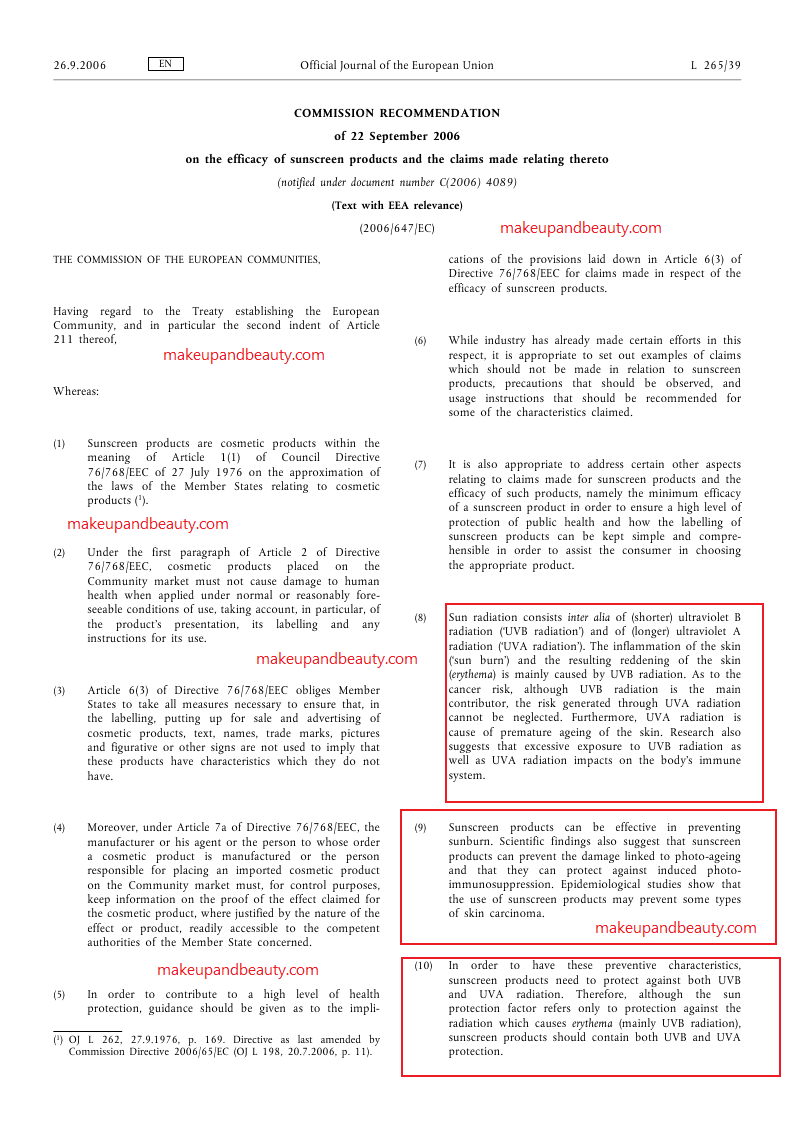
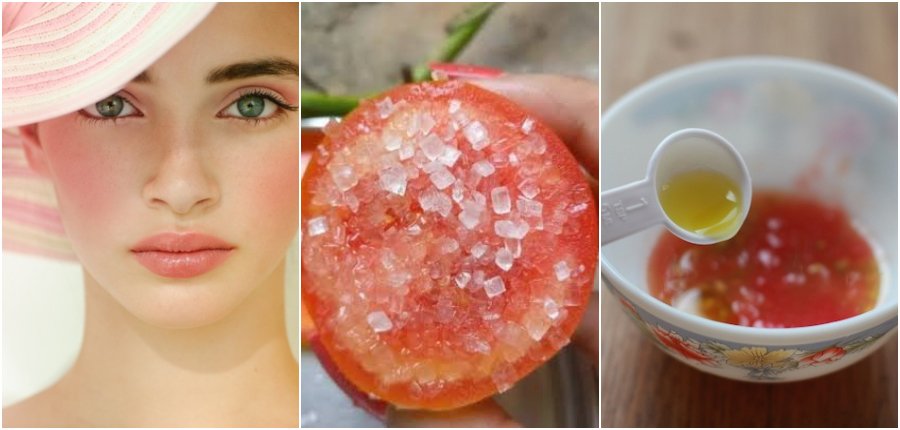
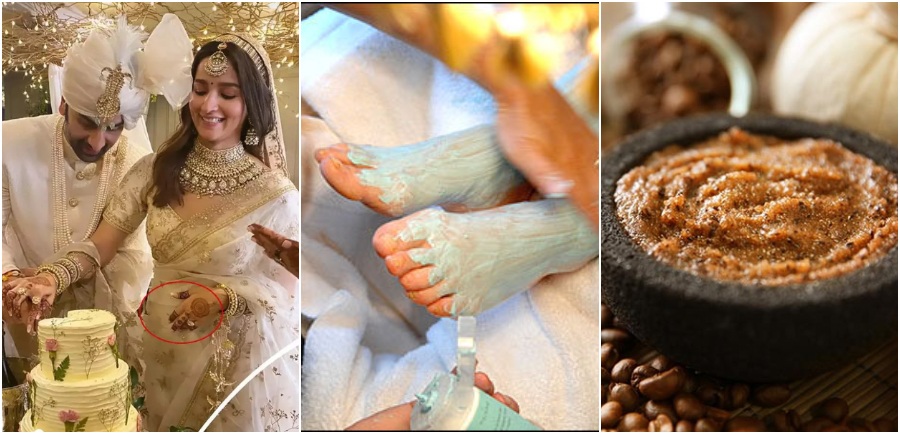
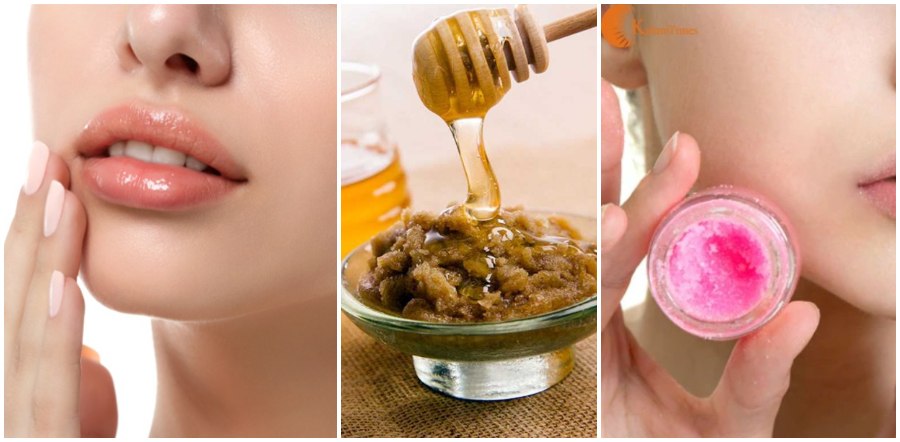

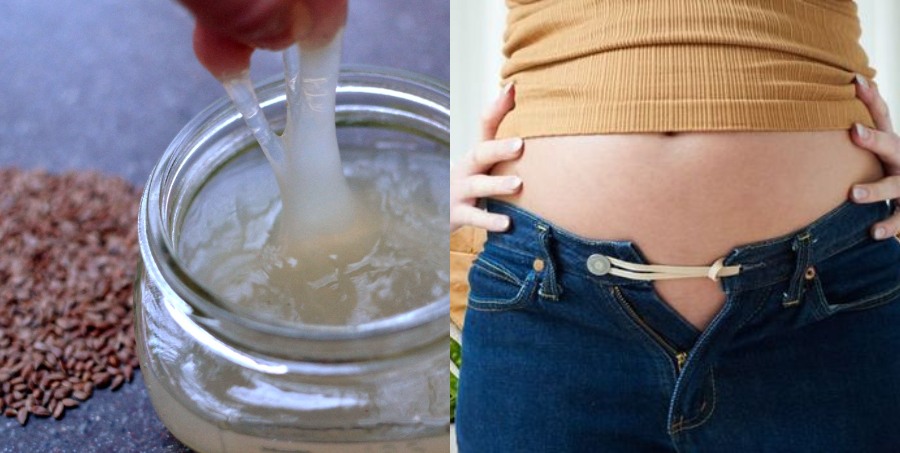
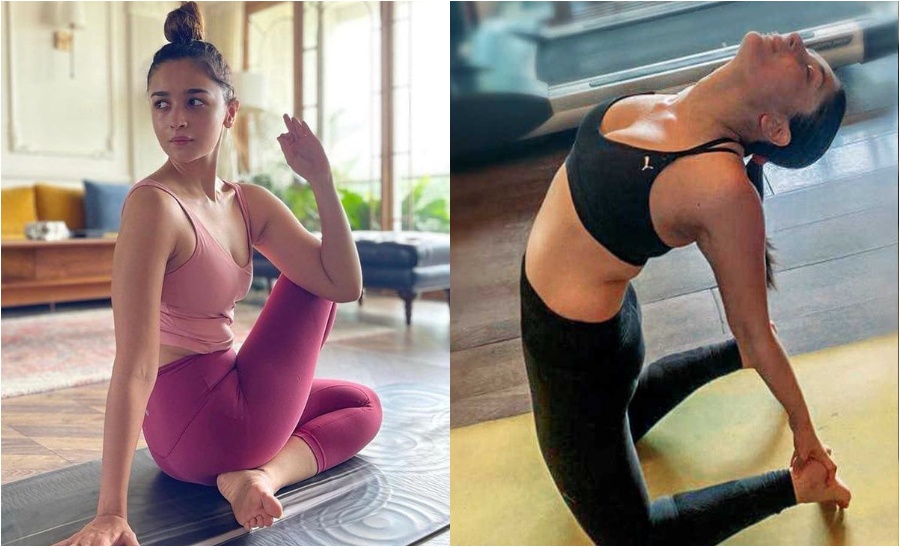

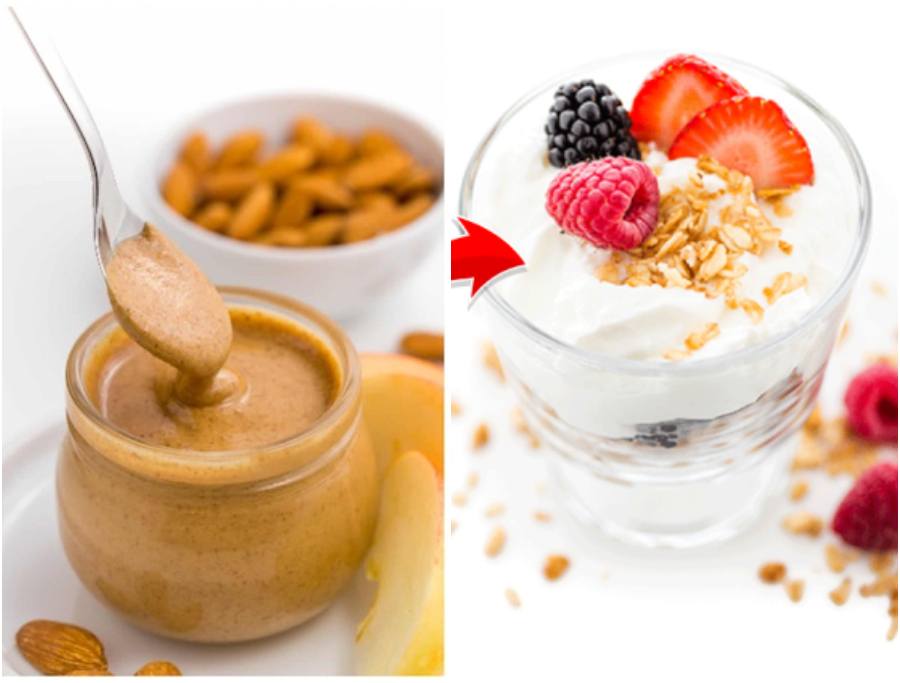
This is interesting Rati. Thanks so much for putting this up 😀
In case I have been mistaken I would like to get doubts cleared.
The research paper quoted here is an analysis of the metrics that are used in some countries for UVA protection measurement – like Japan et al. It is not a study for Indian sunscreens.
In fact PPD was used by Lakme like 4-5 years ago as a measurement on sunscreens, but they phased it out too. Most sunscreens give SPF which is for UV B. There is no measurement for UVA, and as the paper does attest – it is UV A that causes tanning.
It also does state that SPF is a measurement of UV B only, and if a product does contain UVA protection, it is 1/3 tht of the SPF value. (last table)
So unless you pick up a sunscreen with very high PPD value – you will still tan when you use a sunscreen.
Besides, I think both us were responsible enough to never advice people to skip sunscreen, it is essential to prevent skin cancer 😀
Tanveer, I had the same thing in mind while reading these reports and also that our Indian suncreens do not mention a the exact quantities or the full ingredient list on packaging so in a way a consumer would never be sure of what he is buying. After reading this research, I even did a random survey kind of thing among people around me and most of the agreed that sunscreen do prevent tanning. Also a few of them have a travelling job, they agreed that without suncreen their hands and face tend to get darker as compared to if they apply sunscreen regularly. My main reason for putting this research up is to bring awareness among people about sunscreens and those who majorly want to prevent themselves from tanning, they must know what to look for. But honestly, at least now I know that I cannot blatantly deny that sunscreens DON’T prevent tanning.
If you read the mail mentioned by the director, he states ” We use these methodologies on tan protection formulations.”
By the way, I use Lotus sunscreen with SPF 40 and it states that it has UVA/UVB protection. And no, I am not supporting Lotus but I since I have myself used it for years I have liked it more than Lakme or Garnier sunscreens. In fact, I like the SPF 20 one more than the SPF 40. Strange! Ragarding reports, I think it’s the standard that they follow.
And hey! it’s always good to talk to you. 🙂
Hey Rati,
This post was really an eye-opener and very informative…
I know what to look out for when I go to buy my next bottle of sunscreen!!
HI Tanveer, the following comment came for you. Posting it on their behalf:
1. “The research paper quoted here is an analysis of the metrics that are used in some countries for UVA protection measurement – like Japan et al. It is not a study for Indian sunscreens.
à The doc we shared with you is few of the R&D methodologies available today for determining UVA protection in sunscreen formulations. The same is true for Indian sunscreens. It is not a doc to prove that all Japanese or Indian sunscreens provide UVA protection.
2. “In fact PPD was used by Lakme like 4-5 years ago as a measurement on sunscreens, but they phased it out too.”
à Not true at all. Lakme used a proprietary metric called “TPI – Tan Protection Index” (http://www.lakmeindia.com/skin_smart/sun_tpi.asp ) which was created by Unilever themselves, interestingly used ONLY in India. (I wonder why, are we more gullible to marketing???) This measurement unit was never supported by any scientific documentation and therefore didn’t find any following in the scientific circles and consumers alike. According to us, the measurement unit had dual agenda- a means to hide the very low sun protection provided by their products (for one of their key products, TPI of 70, their own website claims was only SPF 5) and to numerically provide a number greater than most available SPF values (to create a higher psychological protection image?). They phased it out as they couldn’t establish TPI as a true measurement of UVB or UVA protection for the consumers and eventually adopted Sun Protection Factor and followed L’Oreal (Garnier Sun Control) and Lotus (Safe Sun Range).
3. “Most sunscreens give SPF which is for UV B. There is no measurement for UVA, and as the paper does attest – it is UV A that causes tanning.”
à Not true at all. There are a number of UVA protection measurement methods (as the doc itself says), many of which are in use in Asia and elsewhere. Yes UVA causes tanning of skin.
4. “It also does state that SPF is a measurement of UV B only, and if a product does contain UVA protection, it is 1/3 tht of the SPF value. So unless you pick up a sunscreen with very high PPD value – you will still tan when you use a sunscreen”
à This is the COLIPA’s (European Cosmetics Body) standard for any sucnreen product to have at the least 1/3rd UVA protection of the stated UVB protection. The degree of UV induced tan protection is a very complex subject which is based on the following:
a. Your skin type (As per Fitzpatrick’s skin type).
b. The altitude of UVA/ sun exposure.
c. The latitude.
d. The duration of UVA exposure.
e. The time of the day.
To illustrate an example, an Brown/Olive skin (type III) is very susceptible to tanning (majority of Indians). So a person with that skin type will tan first, sun burn later and eventually develop wrinkles after a few years. If this person is on a beach/in mountainous terrain (like Ladakh) during noon time, the exposure will be intense and needs to use very high UVA protection. The same person while going to office @ 9AM in Mumabi will need medium level protection (but its always advisable to use higher protection compared to lower). Now apart from the above mentioned points, protection against tan will depend on how good is the level of UVA protection in the product being used. If the product is sweat-proof, does not get wiped off easily, is re-applied frequently (as per most dermats, every 2 hrs) or not etc etc. I agree we have a some way to go to provide optimum level of tan protection to every possible situation but the advances have been good thus far.
Hey Rati,
this post was really an eye-opener….My lakme sunscreen is just abt to hit pan and I was looking arnd and asking friends which sunscreens they use so I knw what to get when my lakme one is over….I now know what all shud I be looking for when buying my next sunscreen bottle!!
I am so glad you are back HD. And glad that the post helped. By the way someone was recommending FAB India Sunscreen to me a few days back. You may check it out.:)
Hi Rati,
This is so interesting. The files give me a headache. That’s why I prefer to stay away from scientific stuff…:D
I’m just going to say, I can’t live without sunscreens!
♥XX♥
Cynthia, lol!! Actually you may live with this fact. 😛
Thanks for the very very valuable info Rati.
The scanned pics were not fully showing up in the morning when I opened. Now I am able to see all. Will take some time and read the whole thing..
Dunno how much will go bounce bounce from my head though..haha..
Take your time Poornima, I took almost two days to read the entire thing. It is good stuff. Do go through it. 🙂
Dizzy 🙁
Takes more time than I expect! I was wondering what took you so long to post something new! Thank God u r finally back with a big bang!
Dizzy why? This site management was bogging me down. I was really tensed and all. There has been a lot of emotional ups and downs this week. I gotta take some break. 🙂
it’s reassuring to know that the director of lotus herbals mailed you. at least there’s someone out these who cares!
my experience with lotus has been great, to say the least. their sunscreen is non-sticky and doesn’t leave a film on the skin, as opposed to sunscreens from other companies. their nail polishes are free of many harsh chemicals and don’t dry out in the bottle. the flat brush that they have helps the polish apply evenly, reaching those difficult nooks and crannies. and how can i forget their lip balms? creamy, not oily! easily comparable to the most expensive balms out there. now that you’ve mentioned lotus, i can’t help but rush to the shops and grab a couple of items that i am yet to try.
coming to the point, i have quickly scanned through the report. according to the given skin types, i think i might have type V – rarely burns, tans profusely. at any point of the year, my hands are at least two shades darker than my legs. i pay a lot of attention to my face, but i think i should start taking care of the rest of my body as well.
It is indeed reassuring and I am glad that he sent these reports to me. In fact, it will help so many people around here to select the right products and look for right ingredients. I think it’s the same with most of use, we take care of our face more than our hands or other parts of our body. I have been using Lotus sunscreens from more than an year now, liked some didn’t like a few. But all in all it has been a good experience. 🙂
And I just mailed you. 🙂
Ok this also says that ” applying a smaller quantitiy of sunscreen leads to a disproportionate reduction in protection. For example if the quantity is reduced by half , protection may fall by as much as two thirds.”
But then if you apply too much your face looks greasy and messy. So how do we know if we are applying enough.
Swati
Swati, what I do is that I apply sunscreen quite generously on on face and all the uncovered parts of the body. I step out in sun only after 15-20 minutes of application.I also reapply after 2-3 hours and do a normal touchup of powder and blush. Look for sunscreens that are non greasy. I have found Lakme and Garnier, Lotus SPF-20 sunscreens pretty greasy. But now I have been using Lotus Sunscreen with SPF -40 and it’s absolutely non greasy. Don’t like it much coz of it’s brown colour but it works pretty well.
I always carry a compact with me to blot out any oiliness, to use it after my sunscreen application, to give another protection shield on my face and to do touch ups.
Please try Lotus Herbals Absolute spf 30 PA++ it is in gel form and once it is absorbed it is not greasy.
hmmn yes..touch ups shuld help esp in summers:) I use Neutrogena right now. Although it doesn’t break me out it leaves a whitish mask like look on the face! Does Lotus do that too??
I don’t like Neutrogena. 🙁 Lotus has never left any whitish, bluish or any colour mask on my face. Touch ups definitely help in summers. I so can’t do without a compact. It’s like my tail in summers. 😛
hehe..well said! Time to try Lotus 🙂
Not only Lotus sunscreen but also Lotus Neem facewash is great. I am using it for last 4 months and its amazing far better then Himalaya.
Oh! I ahve used Himalaya’s face wash and quite liked it. Not tried any face wash by Lotus. let’s see. 🙂
Welcome to my blog. 🙂
Try Neemwash, surely you will love it. I am a big time fan of Neemwash.
dear rati,
just today only i read your blog and liked it very much.
i am 50 . i have a Wheatish complexion and a dry skin and worst still i have got dark spot i.e. an age spot on my nose of about 1sq.inch dimension.
since i am in PR i need to be very presentable all the time so please do let me know which exact shade of concelear and of which company i should use also which exact shade of foundation.I would prefer a cream or liquid one.please guide me.
regards ,
rewa
Hi Rewa,
Welcome to my blog. You would have to go to the store to select your exact shade of concealer. Wheatish complexion may have various shades of concealers to choose. You may choose a concealer which is either a shade lighter to your skin tone or the same shade. I suggest that you ask the Shop attendant to sanitize the concealer so that you may test it on your face. If possible, go to stores like MAC, Inglot, or Lancome. They have makeup artists who help you choose the right stuff. You may look at brands such as maybelline, Revlon, MAC , Inglot, Estee Lauder etc for choosing concealer for you.
Some of my product reviews might help you: https://makeupandbeauty.com/category/product-reviews/
hey ladies.i have something2 tell u 2 get an even skin tone.apply olive oil b4 going 2 bed and u will notice a change in complexion.u will get a fair even -toned skin. i tried it myself & results were amazing.olive oil does not clog pores so ppl with oily skin can use it too.what i think is no fairness cream can make u fair & this olive oil helps just 2 reduce tan i guess. but u really get a glowy skin within a weeks time.try it & tell me ur results.bye.
I use olibe oil on my face during winters but didn’t know that it even removes your tan. Thank you for such a useful comment, Ritu. There is a lot I have learnt about my favourite oil from you. 🙂
u welcome rati.i din’t know that abt it either.but when i applied it as night cream.it gave wonderful results.my complexion improved & my face became even toned.so i thot of sharing it with u guys.try it.olive oil is my all time fav.
I am going to start using it again. 😛
olive oil has so many uses.i use it as make up remover too.if u ppl r allergic 2 make up removers available in the market then try out this. mix 3 parts of rose water with 1 part of olive oil store in a spray bottle.or any bottle.b4 using it, shake it well then spray on 2 cotton & wipe off ur make up with it.it removes make up efficiently even water proof mascara & olive oil sooths the skin arnd eyes.& its cheap too.
Thank god I stumbled upon this article. M so showin it to my hubby. I have to literally beg him to apply sumthing before going in the sun :((